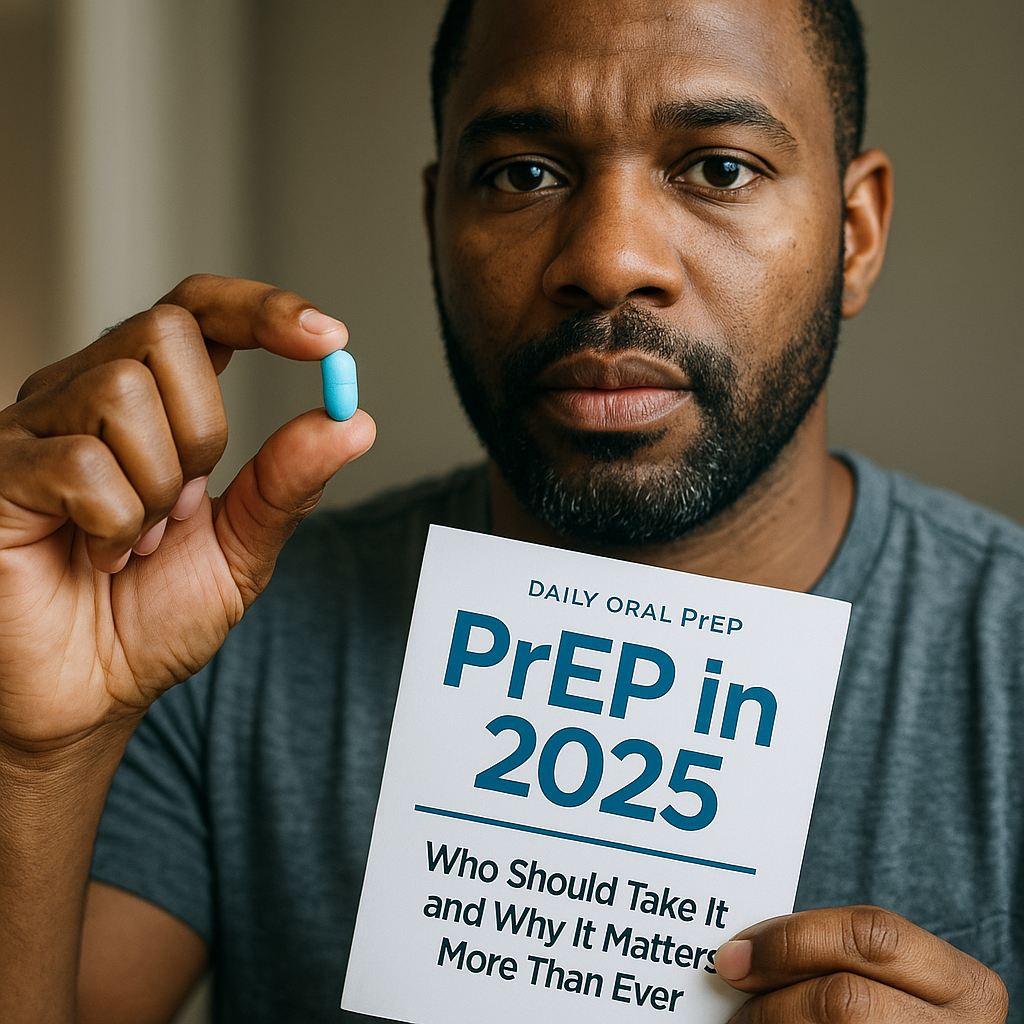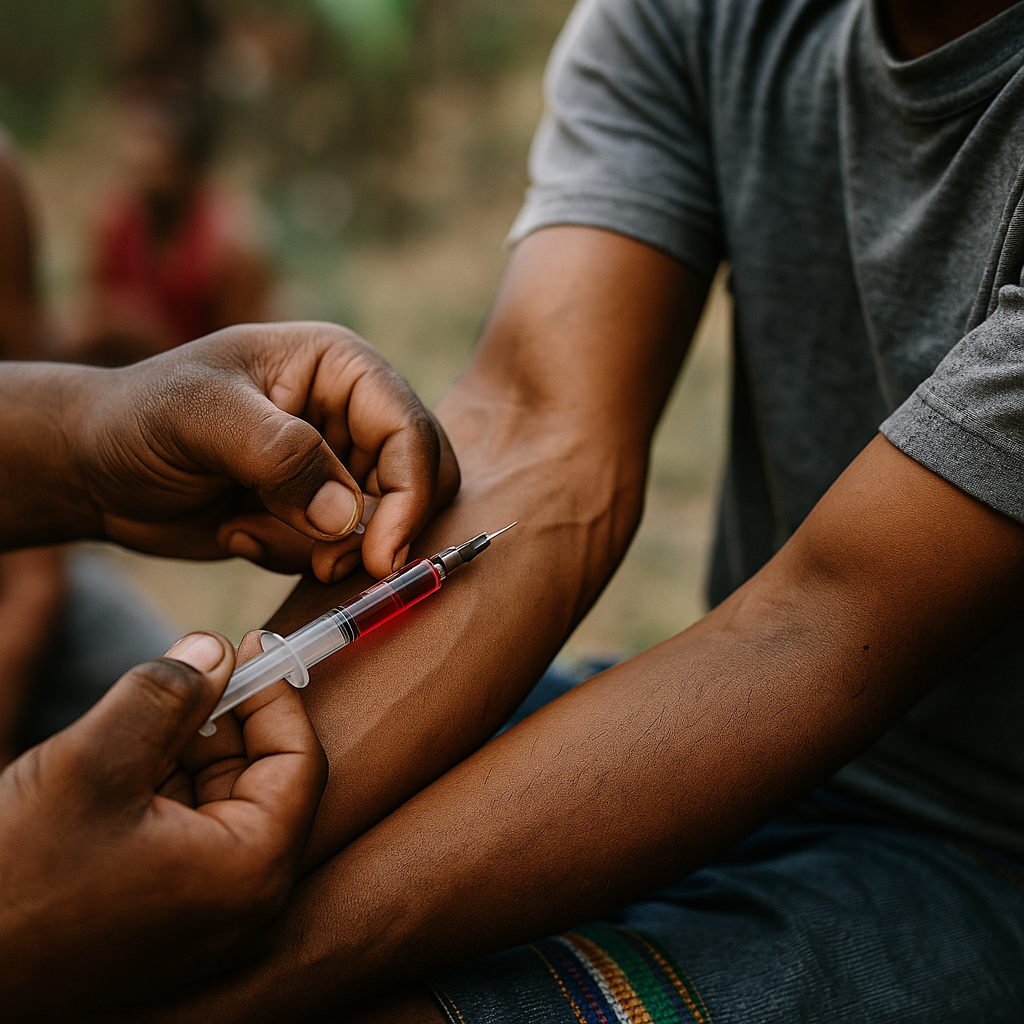Introduction
Pre‑exposure prophylaxis (PrEP) has long stood as a pillar in HIV prevention, but PrEP in 2025 is entering a transformative era. With new long‑acting injectable options and evolving guidelines, the question is no longer “Does PrEP work?” but “Who should take it, how, and why now?” This article dives into eligibility, emerging advances, and the urgent public health rationale for PrEP today.
Table of Contents
- Who Should Consider PrEP in 2025
- What’s New: Injectable PrEP & Lenacapavir
- Barriers, Access & Equity Challenges
- Why PrEP Matters More Than Ever
- Frequently Asked Questions
- Conclusion
Who Should Consider PrEP in 2025
PrEP is intended for HIV‑negative individuals who are at substantial risk of exposure. That includes people who:
- Have a sexual partner with HIV whose viral load is not suppressed
- Engage in condomless sex with partners of unknown HIV status, especially in high prevalence settings
- Share injection drug equipment
- Have a recent history of sexually transmitted infections (STIs)
- Are part of communities or demographics with higher HIV incidence rates (for instance, men who have sex with men, transgender individuals, certain racial/ethnic minorities)
Because HIV risk is not static, clinicians and individuals should periodically reassess whether PrEP is appropriate. In 2025, eligibility may expand further as new regimens become safer and more flexible.
Some groups (e.g. pregnant or breastfeeding individuals, people with kidney impairment) require careful assessment, but even these populations are increasingly considered in modern PrEP guidelines.
What’s New: Injectable PrEP & Lenacapavir
One of the biggest shifts in PrEP in 2025 is the approval and recommendation of twice‑yearly injectable lenacapavir (brand name in the U.S.: Yeztugo). (cdc.gov)
Key points about the new injectable option:
- In June 2025, the U.S. Food and Drug Administration (FDA) approved lenacapavir as a PrEP option administered every six months.
- The CDC’s 2025 guidelines now strongly recommend lenacapavir injections for individuals weighing at least 35 kg (≈77 lbs) who would benefit from PrEP.
- In clinical trials, lenacapavir demonstrated remarkably high efficacy: 100% efficacy among females and 96% among predominantly male populations over 52 weeks compared to expected incidence without PrEP.
- The World Health Organization (WHO) similarly released guidelines recommending injectable lenacapavir as an additional PrEP option globally.
- Local guidelines—such as the New York State Department of Health AIDS Institute—now endorse subcutaneous lenacapavir as a preferred PrEP option when individuals are willing to receive injections every 6 months.
The advent of a long‑acting injectable PrEP has the potential to address one of the biggest challenges of daily oral PrEP: adherence. Many people struggle to take a pill every day consistently, so fewer clinic visits and less daily burden could expand uptake and effectiveness.
Still, oral PrEP (tenofovir‑based regimens) and other injectable options (e.g. cabotegravir) remain viable choices, and shared decision‑making between individuals and providers is essential.
Barriers, Access & Equity Challenges
Despite these advances, PrEP in 2025 still faces substantial hurdles:
- Cost and insurance coverage. Even with the promising efficacy of lenacapavir, cost and payer decisions will influence real-world access.
- Health system capacity. Rolling out long‑acting injectables requires infrastructure for cold chain, injection visits, monitoring, and follow-up.
- Awareness and stigma. Many who would benefit from PrEP still don’t know about it or worry about stigma from providers or in their communities.
- Equitable reach. Historically marginalized groups—Black and Latino communities, rural populations, trans people—tend to underutilize PrEP despite disproportionate HIV risk.
- Global rollout. In lower-income countries, regulatory, manufacturing, and funding bottlenecks slow access. WHO’s guidelines adoption and generic licensing will be crucial.
- Integration with other health needs. PrEP programs must coordinate with STI screening, sexual health services, mental health, and social support.
Addressing these barriers is essential if the promise of newer PrEP options is to translate into real reductions in HIV incidence.
Why PrEP Matters More Than Ever
So why is PrEP in 2025 more critical now than in prior years?
- Stopping new infections. HIV still causes many new infections worldwide each year. PrEP is a powerful preventive tool.
- Reducing disparities. When targeted equitably, PrEP can help close gaps in HIV incidence among marginalized communities.
- Complementing other prevention tools. PrEP doesn’t replace condoms or harm reduction, but adds a robust layer of protection.
- Anticipating future advances. As newer techniques (e.g. implants, even longer‑acting formulations, vaccines) develop, a strong PrEP backbone helps build public health momentum.
- Cost‑effectiveness. Preventing HIV is far less expensive in the long run than lifelong treatment.
- Empowerment and autonomy. For many people, PrEP enables greater control over HIV risk, reducing dependence on partner behavior.
In 2025, maximizing PrEP’s potential is not optional—it’s central to ending the HIV epidemic.
Frequently Asked Questions
Q: Is PrEP safe?
Yes. Decades of research support the safety of both daily oral PrEP and newer injectable options. Side effects are usually mild and manageable under clinical supervision.
Q: If I start injectable PrEP, do I need to continue oral PrEP?
No. Injectable lenacapavir is intended to replace (not supplement) oral PrEP. However, some people might transition gradually or switch back based on preferences or side effects.
Q: Must I get tested regularly while on PrEP?
Yes. Standard guidelines require HIV testing every few months, and monitoring of kidney function and other labs. With injectables, testing is aligned with the injection schedule.
Q: Can PrEP protect against other STIs?
No. PrEP prevents HIV but does not protect against other sexually transmitted infections. Regular STI screening and safe sex practices remain necessary.
Q: What if I miss an injection appointment?
It’s important to contact your provider immediately. Depending on timing, you may need to revert to oral PrEP temporarily to maintain protection.
Conclusion
PrEP is evolving rapidly in 2025. With the arrival of twice‑yearly injectable lenacapavir, the landscape of HIV prevention is shifting. Eligibility is widening, adherence challenges are lessening, and the urgency of addressing inequities is clearer than ever. For individuals at risk, exploring PrEP options with a knowledgeable provider is more important now. For communities and health systems, ensuring access, equity, and supportive infrastructure will determine whether these innovations truly move us closer to ending HIV.
This content is not medical advice. For any health issues, always consult a healthcare professional. In an emergency, call 911 or your local emergency services.



